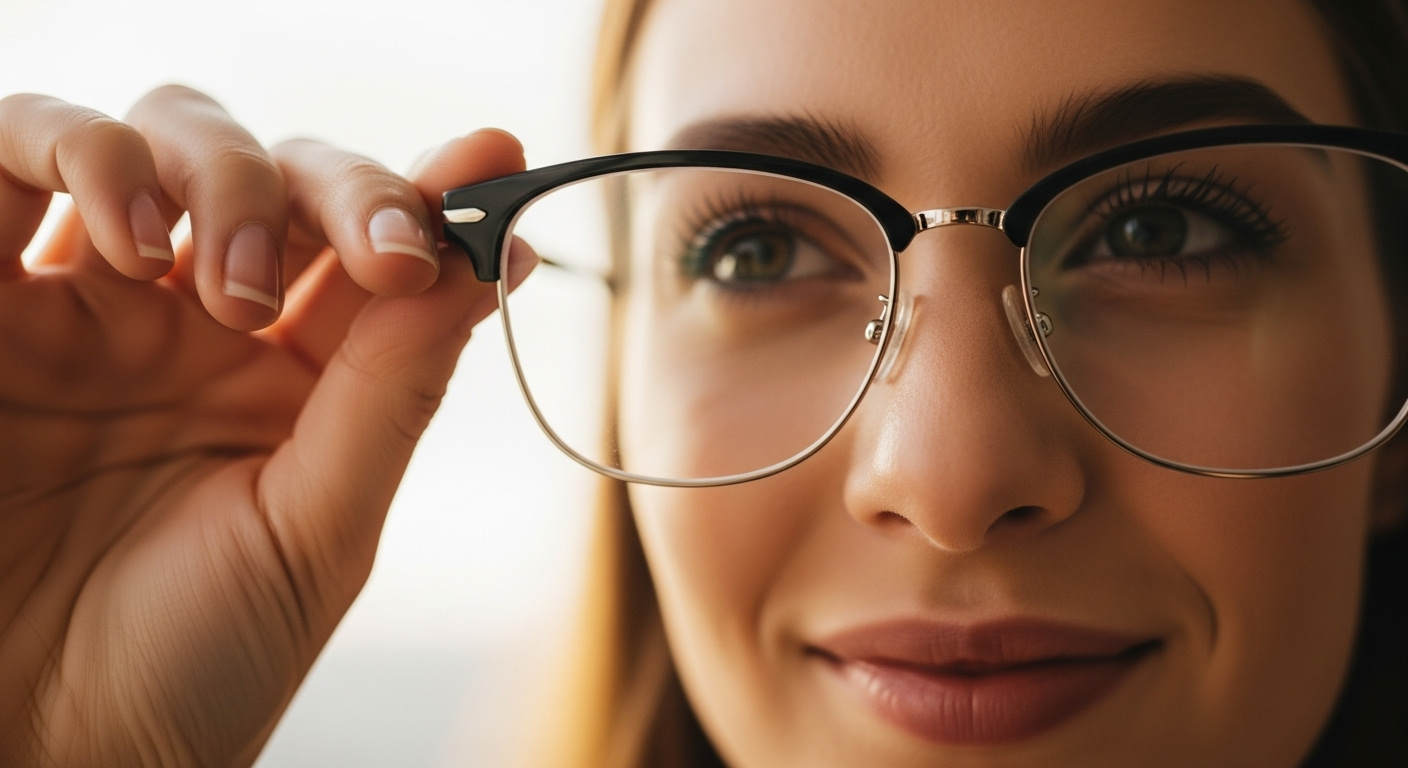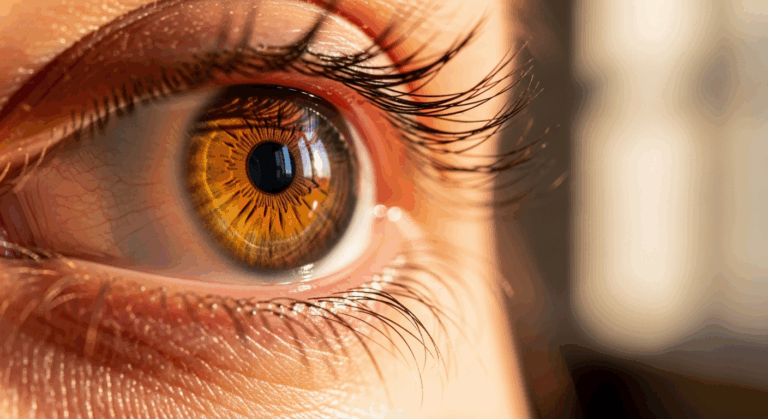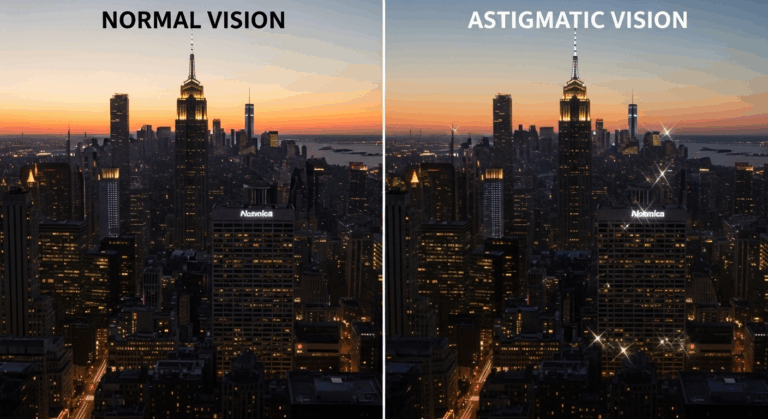You’ve probably heard the term “20/20 vision” thrown around your whole life. It’s the gold standard, right? The very definition of perfect eyesight. If you have it, you’ve won the vision lottery.
But what if I told you it’s not that simple? As eye care professionals, we get tons of questions about what 20/20 actually means. Is it really the best your vision can be? And how is it possible to have 20/20 vision and still find yourself needing a pair of glasses?
Let’s clear things up and take a deep dive into the fascinating world of your eyesight.
So, What Exactly is 20/20 Vision?
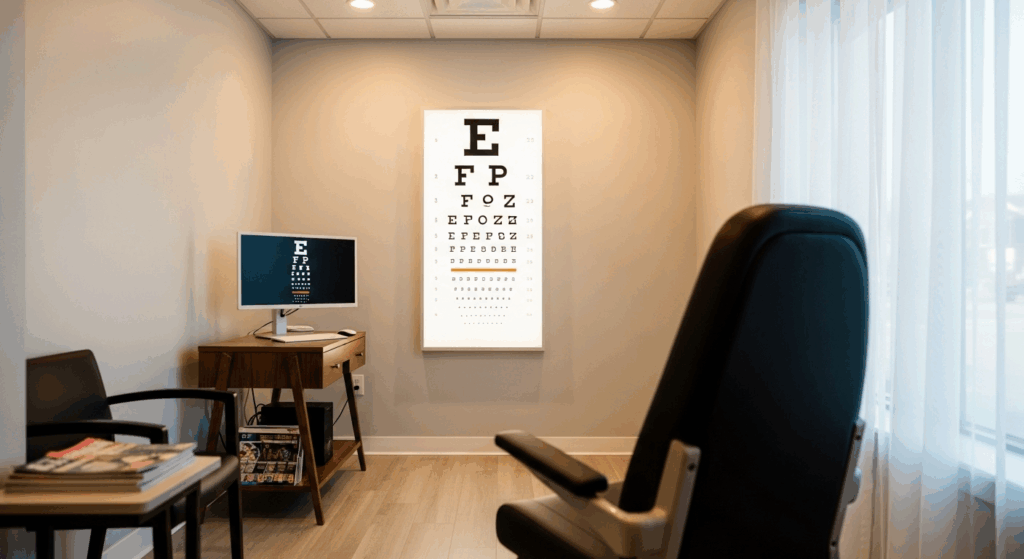
Let’s start with the basics. 20/20 vision is a term used to express normal visual acuity, which is just a fancy way of saying the clarity or sharpness of your vision measured at a distance.
Think of the classic eye chart in your optometrist’s office—the one with the big “E” at the top. That’s called a Snellen chart, and it’s the tool we use to measure this. The term “20/20” breaks down like this:
- The first “20” refers to the testing distance: you are standing 20 feet away from the chart.
- The second “20” refers to the distance at which a person with “normal” eyesight can read the same line of letters clearly.
So, if you have 20/20 vision, it means you can clearly see at 20 feet what a person with normal vision should be able to see at 20 feet. It’s essentially the baseline for normal sharpness.
Is 20/20 Vision Considered “Good”?
Absolutely! Having 20/20 vision is a great thing. It means you can likely handle most day-to-day tasks that require distance vision—like driving, watching a movie, or recognizing a friend from across the street—without any trouble.
However, a common misconception we see all the time is that 20/20 is “perfect” vision. And that’s where things get more interesting. Visual acuity is just one piece of a much larger puzzle.
Can Vision Be Better Than 20/20?
You bet it can! Many people, especially younger individuals, have vision that is sharper than 20/20. This is where you might hear numbers like 20/15 or 20/10.
Understanding the Numbers: 20/15 vs. 20/20
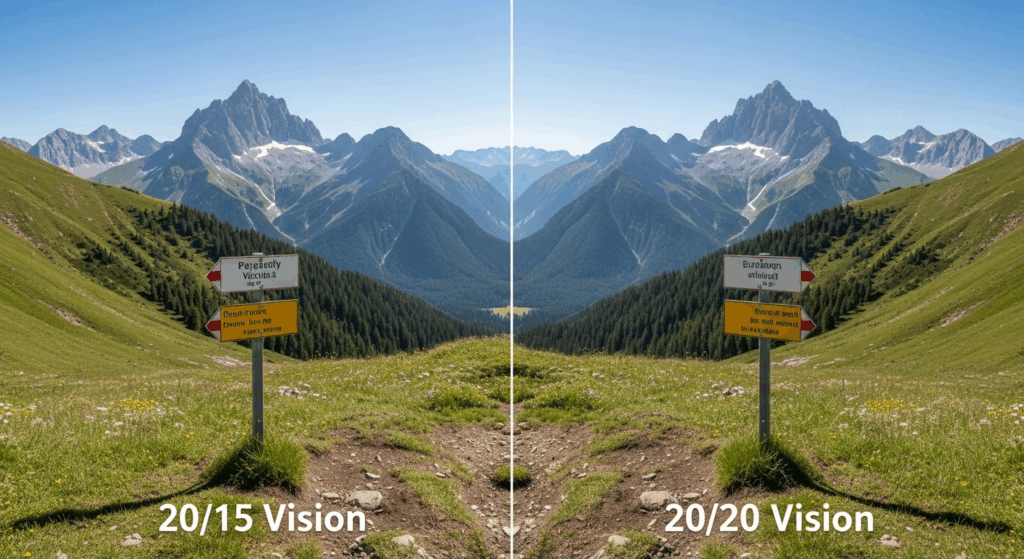
Let’s use the same logic we did before. If you have 20/15 vision, it means you can see an object clearly from 20 feet away that a person with normal (20/20) vision would have to move up to 15 feet to see just as clearly.
Think of it like this: you’re standing next to a friend reading a distant sign. You can read it perfectly, but they have to take a few steps closer to make it out. Your vision is sharper. So, to answer a frequent question: No, 20/20 vision is not better than 20/15; in fact, 20/15 is sharper.
Is 20/20 Vision the “Best” Vision?
Not necessarily. The term “best vision” is misleading because perfect eyesight involves so much more than just seeing tiny letters on a faraway chart. A comprehensive eye exam checks many other critical aspects of your vision, including:
- Peripheral Awareness: Your side vision.
- Eye Coordination: How well your eyes work together as a team.
- Depth Perception: Your ability to see in three dimensions and judge distances.
- Color Vision: Your ability to distinguish between colors.
- Focusing Ability: How well you can transition focus from near to far.
You could have 20/20 acuity but struggle with one of these other areas, which leads us to a very important question…
The Big Question: Can You Have 20/20 Vision and Still Need Glasses?
Yes, and it’s far more common than you’d think! This is one of the biggest points of confusion we help patients understand. Here are a few key reasons why someone with 20/20 vision might still need glasses:
Astigmatism
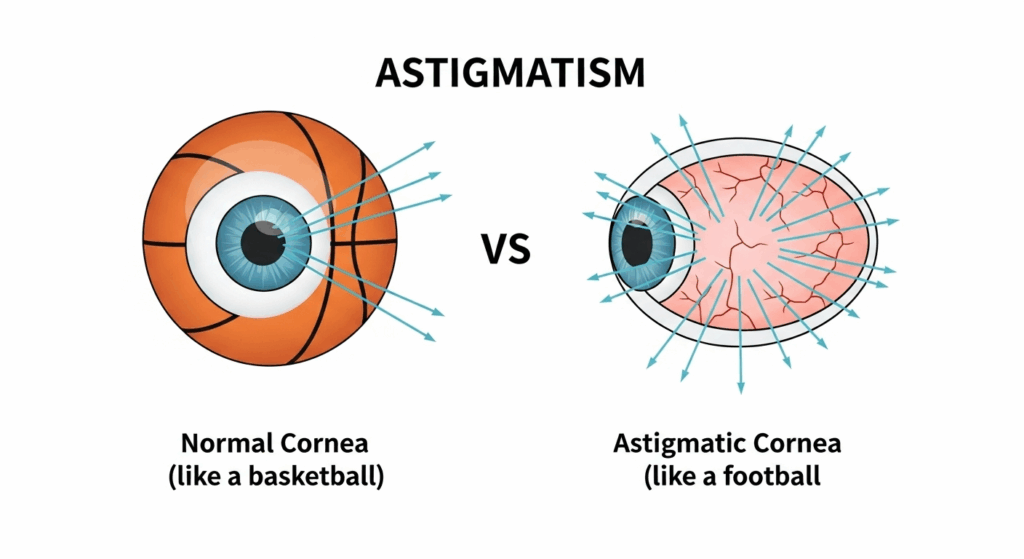
Astigmatism is an imperfection in the curvature of your eye’s cornea or lens. Imagine your eye is shaped more like a football than a perfectly round basketball. This can cause light to focus unevenly, leading to blurry or distorted vision at all distances. It’s entirely possible to have a mild case of astigmatism and still manage to read the 20/20 line on an eye chart, but you might experience symptoms like eye strain, headaches, or halos around lights, especially at night. In these cases, glasses can correct the distortion and provide much greater comfort and clarity.
Presbyopia (Age-Related Farsightedness)

This is something nearly everyone experiences after age 40. The natural lens inside your eye becomes less flexible, making it difficult to focus on things up close. You might have excellent 20/20 distance vision but find yourself holding your phone or a menu at arm’s length to read it. This is a classic sign of presbyopia, and the solution is simple: reading glasses or multifocal lenses (like progressives).
Eye Strain and Digital Fatigue
In today’s world, we spend hours staring at screens. This can cause significant eye strain, even for someone with 20/20 eyesight. Glasses with features like anti-reflective coatings or blue light filtering can help reduce glare and fatigue, making screen time much more comfortable.
Do Pilots Have to Have 20/20 Vision?
This is a great real-world example! The requirements can vary by country and type of license (e.g., commercial vs. private). In the U.S., the FAA requires commercial airline pilots to have 20/20 distance vision, but here’s the key: it can be with or without correction. So, a pilot can use glasses or contact lenses to achieve 20/20 vision and still be perfectly qualified to fly.
Wrapping It Up: Your Vision is More Than a Number
So, while 20/20 vision is a fantastic benchmark for visual sharpness, it’s not the complete picture of your eye health. It’s not necessarily “perfect,” and it can certainly be improved upon (like with 20/15 vision).
Remember, it’s entirely possible to have 20/20 eyesight and still benefit from glasses for specific tasks, like reading, driving at night, or working on a computer. The only way to truly understand your unique visual needs is to schedule a comprehensive eye exam with an optometrist. They’ll look beyond the chart to ensure your eyes are healthy, comfortable, and seeing their absolute best.
